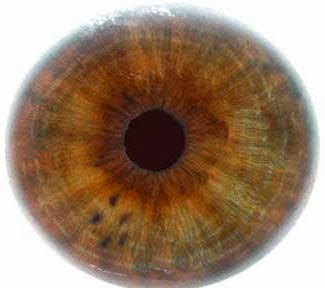Holography is a technique based
on the wave nature of light which allows the use of wave interference between
the object beam and the coherent background. It is commonly associated with
images being made from light, such as on driver’s licenses or paper currency.
However, this is only a narrow field of holography. The first holograms were
designed in the last 1940s for use with electron microscopes. A decade later, with the advent of the laser,
optical holographic images were popularized. Since, other fields have
significantly advanced by using wave interference to produce holograms,
including acoustic holograms used in seismic applications and microwave holography
used in radar systems. Holography has been also recognized as a future data
storing technology with unprecedented data storage capacity and ability to
write and read a large number of data in a highly parallel manner. A team of
researchers from the University of California, Riverside Bourns College of
Engineering and Russian Academy of Science have demonstrated a new type of
holographic memory device that could provide unprecedented data storage
capacity and data processing capabilities in electronic devices.

The new type of memory device
uses spin waves instead of the optical beams. Spin waves are advantageous
because spin wave devices are compatible with the conventional electronic
devices and may operate at a much shorter wavelength than optical devices,
allowing for smaller electronic devices that have greater storage capacity. Experimental
results obtained by the team show it is feasible to apply holographic
techniques developed in optics to magnetic structures to create a magnetic
holographic memory device. The research combines the advantages of the magnetic
data storage with the wave-based information transfer. The experiments were
conducted using a 2-bit magnetic holographic memory prototype device. A pair of
magnets, which represent the memory elements, were aligned in different
positions on the magnetic waveguides. Spin waves propagating through the
waveguides are affected by the magnetic field produced by the magnets. When spin waves interference was applied in
the experiments, a clear picture was produced and the researchers could
recognize the magnetic states of the magnets. All experiments were done at room
temperature.
More information:







